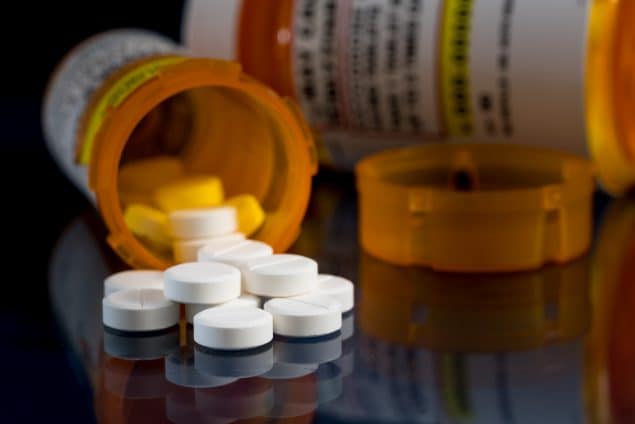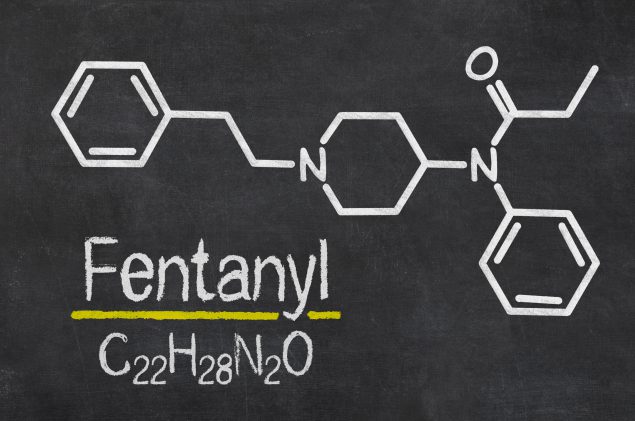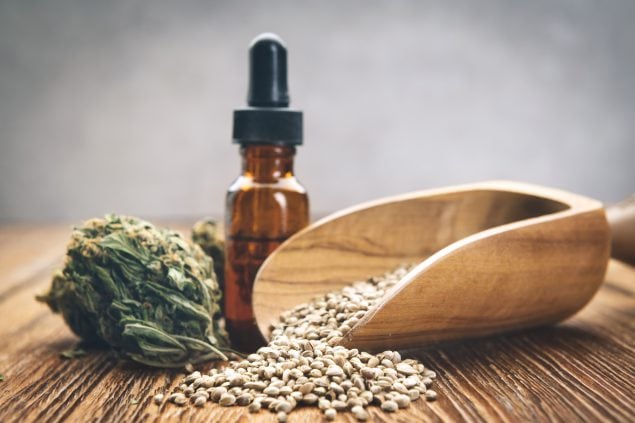Drug Basics
A drug is any substance that can change how a person’s body and mind work. CDC’s Division of Overdose Prevention provides data on use and overdoses involving a variety of drugs, such as prescription opioids, heroin, fentanyl, cocaine, methamphetamine, and marijuana.

Prescription opioids are sometimes used to treat moderate-to-severe pain and are often prescribed following surgery or injury or for health conditions such as cancer. From 1999 to 2021, nearly 280,000 people died in the United States from overdoses involving prescription opioids.

Heroin is an illegal, highly addictive opioid. In 2021, more than 9,000 people died in the United States from an overdose involving heroin.

Fentanyl is a highly potent synthetic man-made opioid. Illegally made fentanyl (IMF) is non-pharmaceutical fentanyl made illegally and sometimes mixed into other drugs like cocaine, methamphetamine or heroin. In 2021, nearly 71,000 people died from overdoses involving synthetic opioids, including IMF.

Cocaine is an illegal and highly addictive stimulant. In 2021, more than 24,000 people in the United States died from an overdose involving cocaine.

Methamphetamine is an illegal and highly addictive stimulant. In 2021, nearly 33,000 people in the United States died from methamphetamine.

Marijuana refers to the dried flowers, leaves, stems, and seeds of the cannabis plant. It is the most commonly used federally illicit drug in the United States. In 2020, approximately 49.6 million people aged 12 or older reported having used marijuana in the past year.

Polydrug use happens when a person is exposed to more than one drug, with or without their knowledge. Opioid-involved overdoses can, and often do, happen in combination with exposure to other opioids. Some examples of exposure combinations in overdose deaths include illegally made fentanyl (IMF) and cocaine; IMF and heroin; IMF, heroin, and cocaine; IMF and methamphetamine; and IMF and prescription opioids. Learn more about overdose deaths and the involvement of illicit drugs.
IMF and fentanyl analogs are being mixed into fake opioid pills, heroin, cocaine, and methamphetamine. The risks of fentanyl contamination of illegal drugs are a growing concern, as this can lead to an increase in overdose risk among 1) people who may or may not be aware that their drugs include this deadly additive and 2) people who have not used opioids before, and, thus, are at greater risk for overdose. In 2021, more than 75% of all overdose deaths in the United States involved opioids, and most of these deaths specifically involved synthetic opioids such as IMFs. Learn more in the 2020 National Drug Threat Assessment (NDTA).

